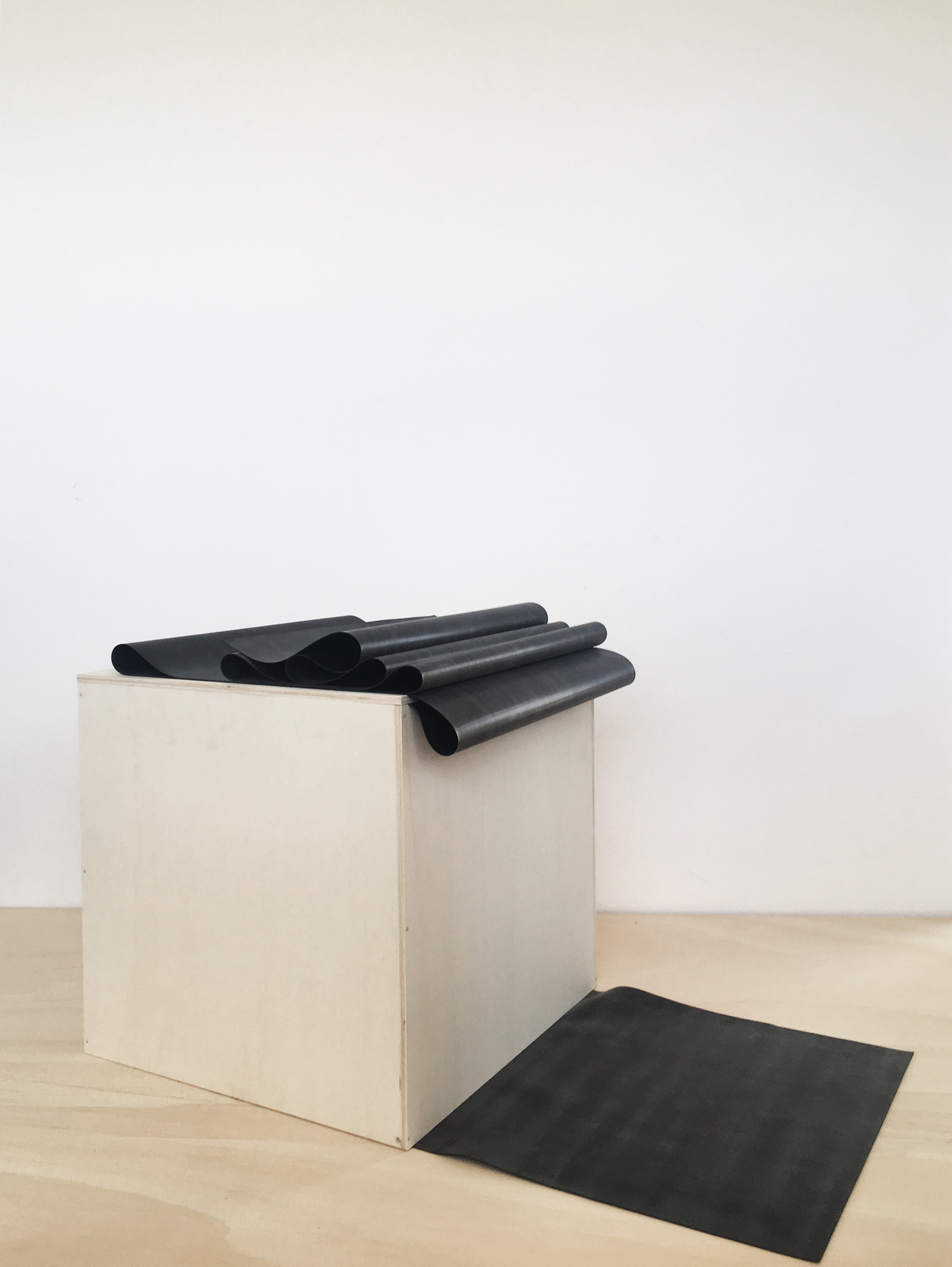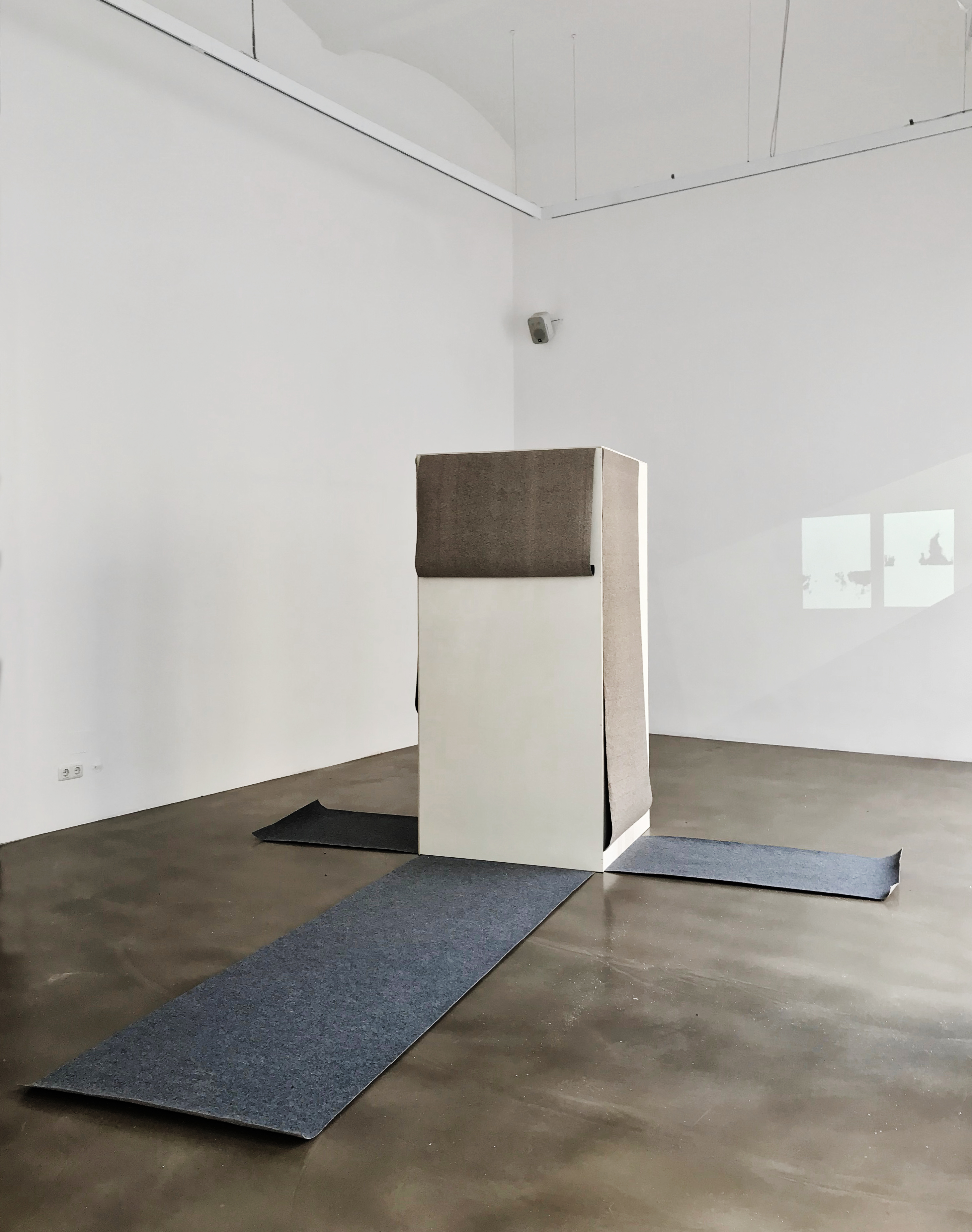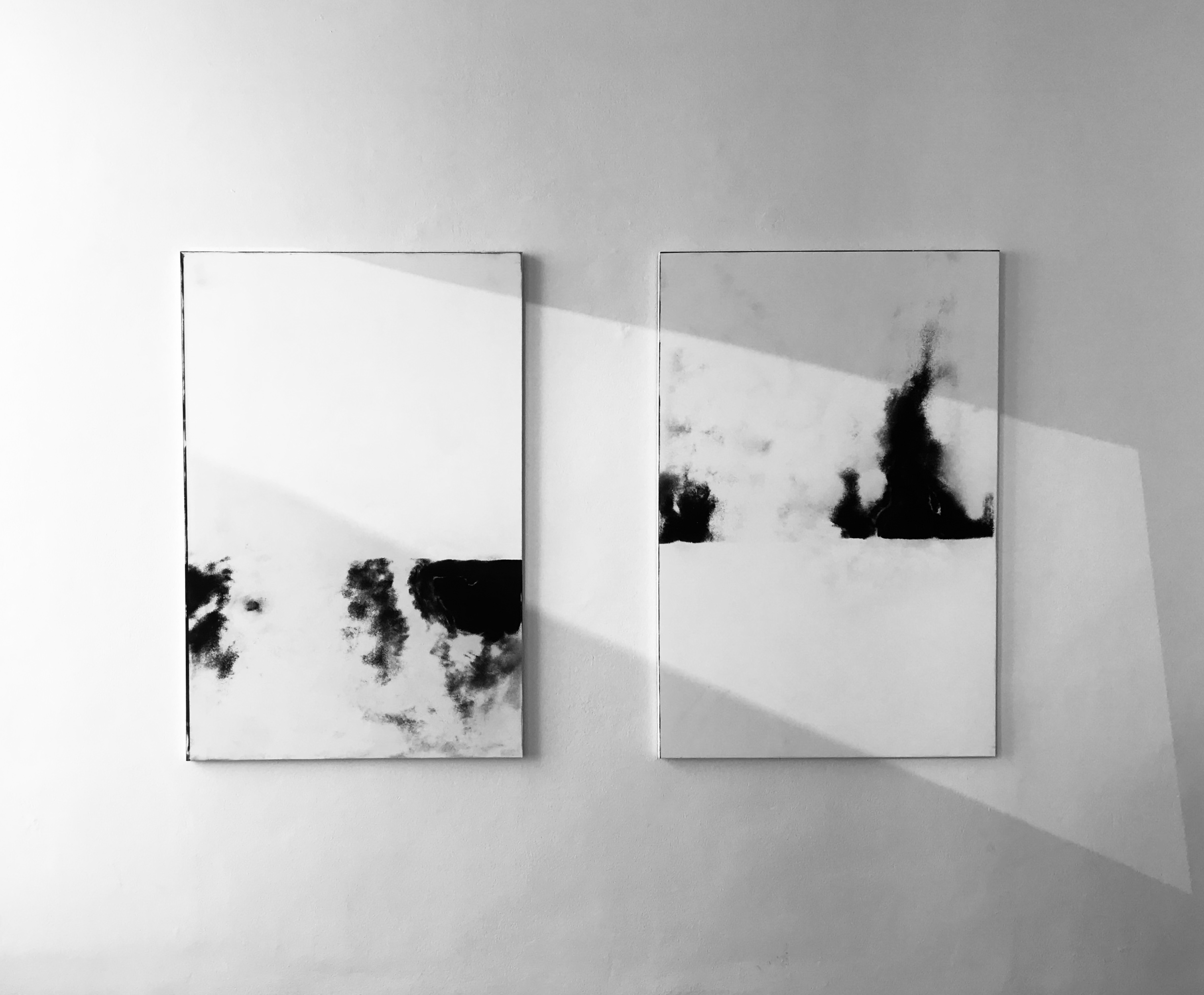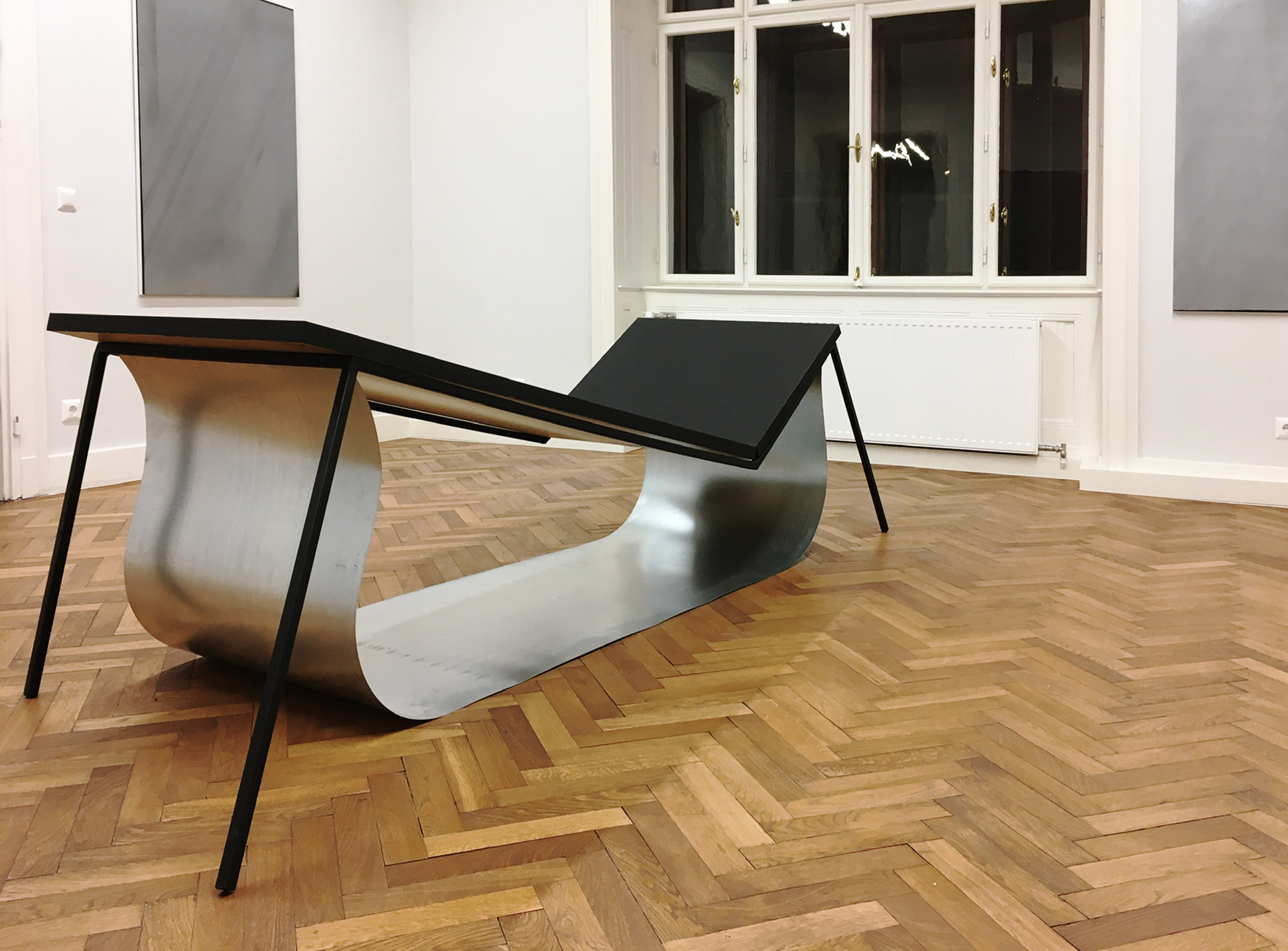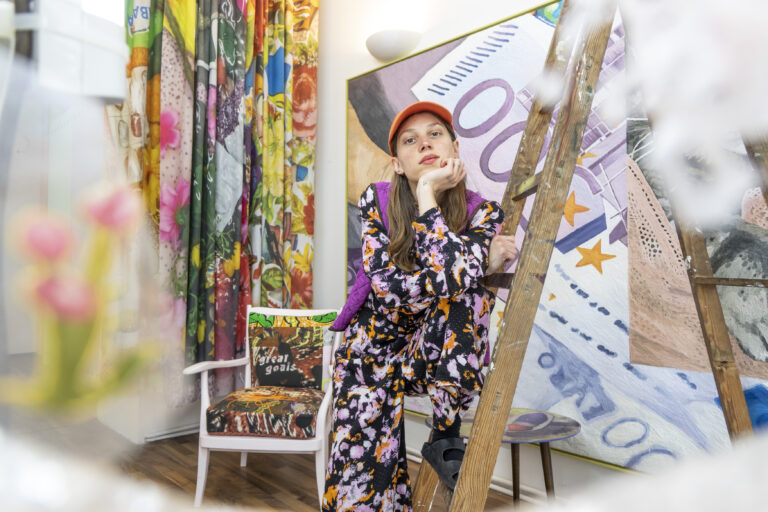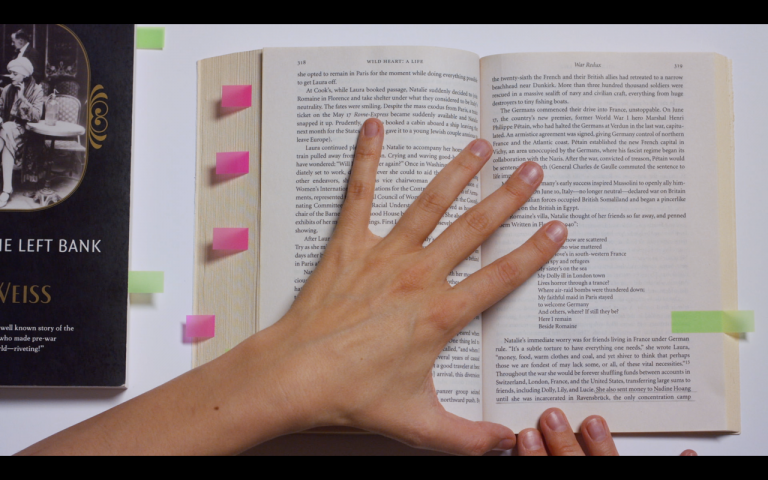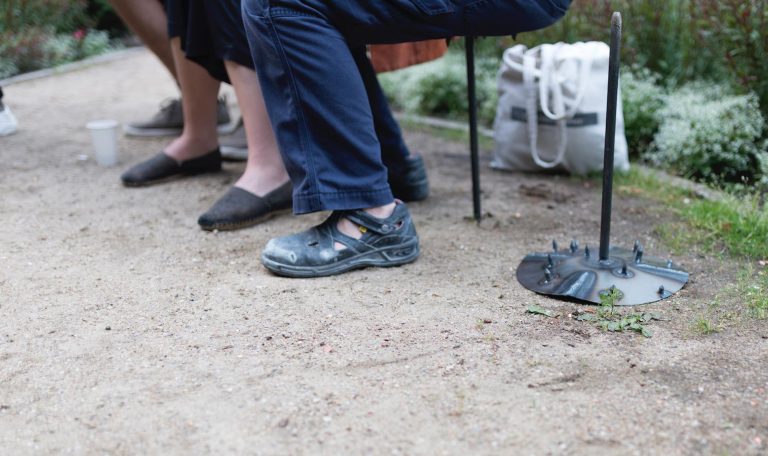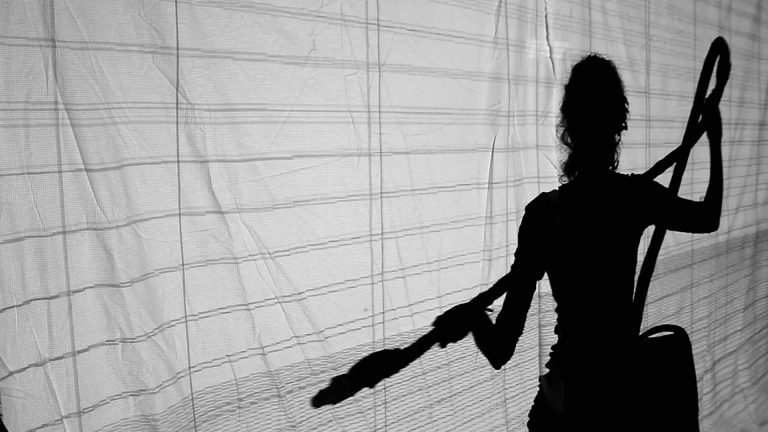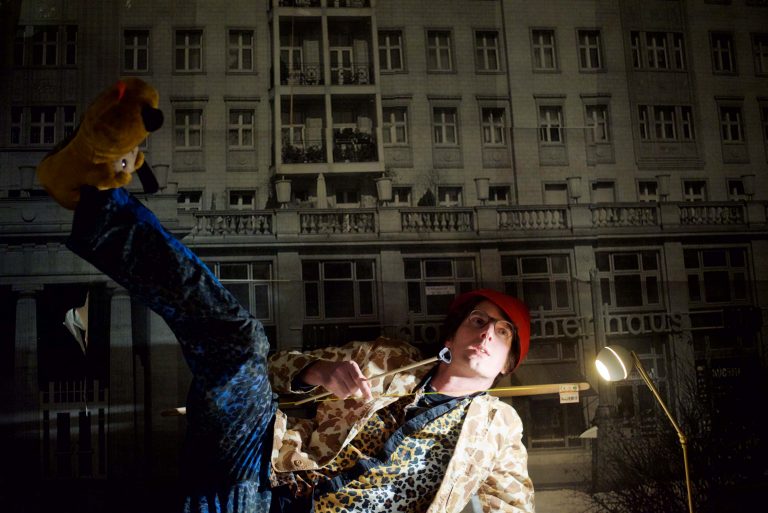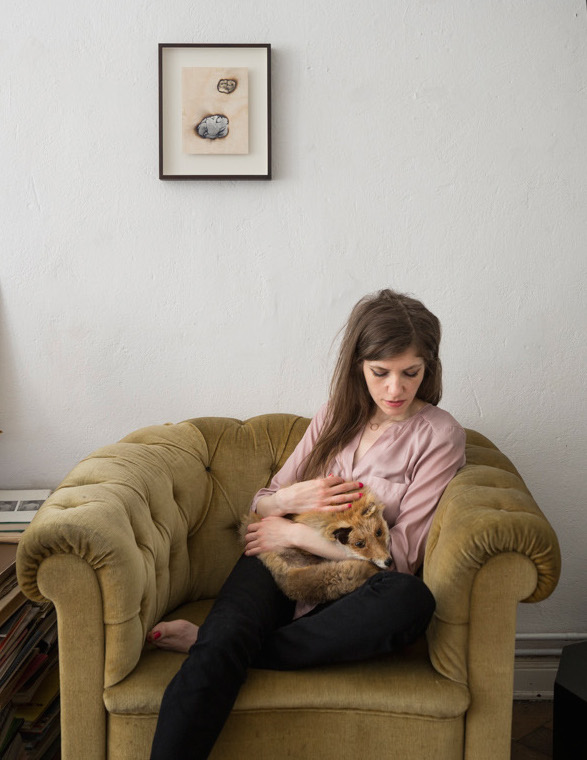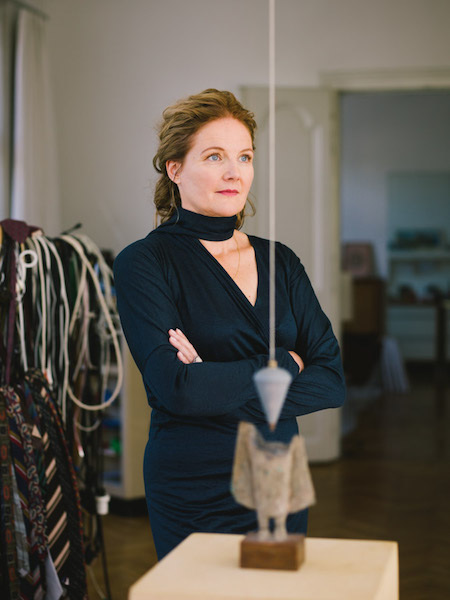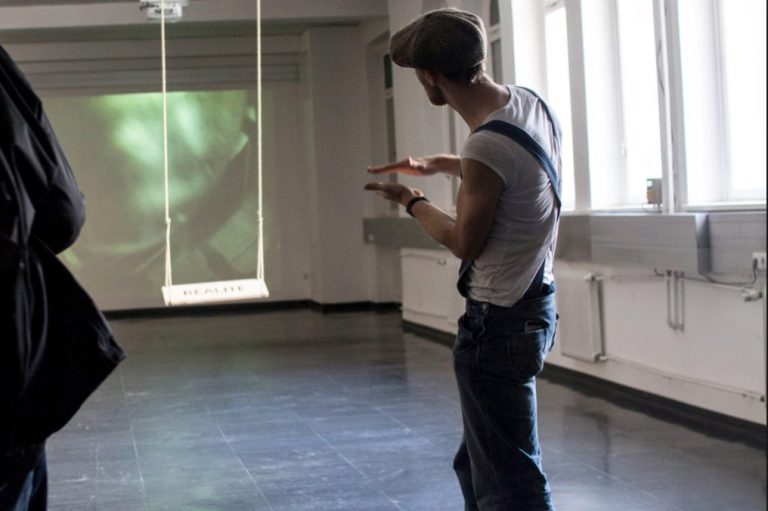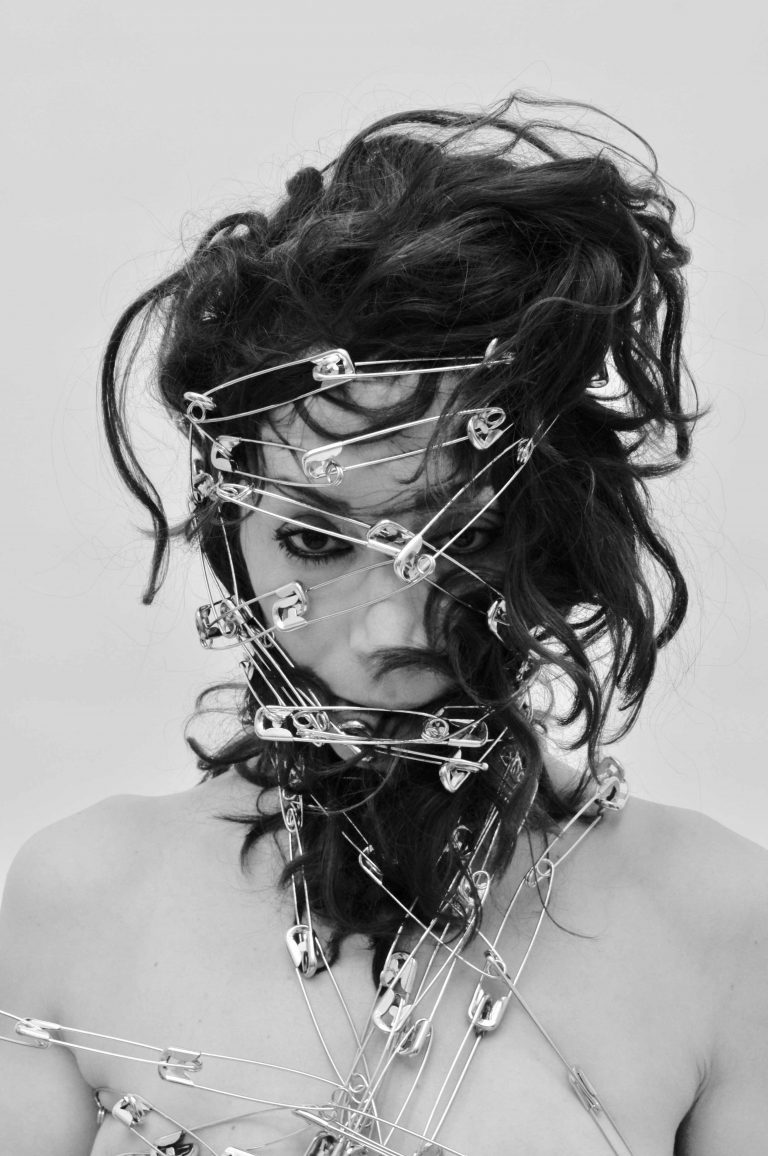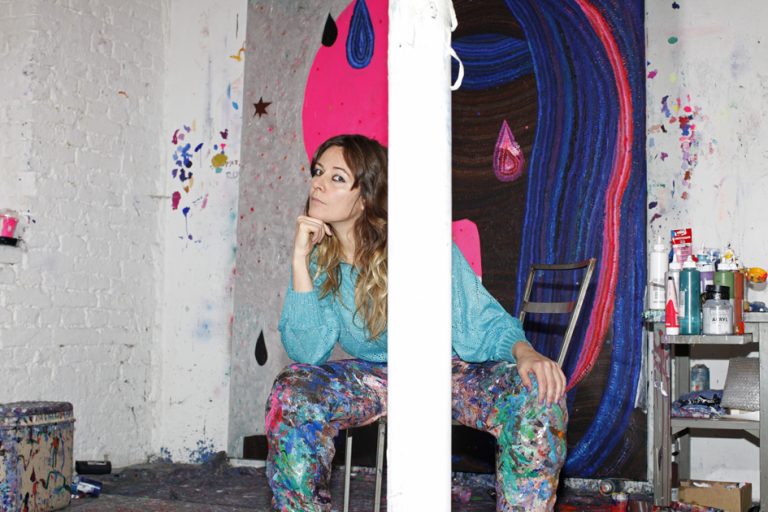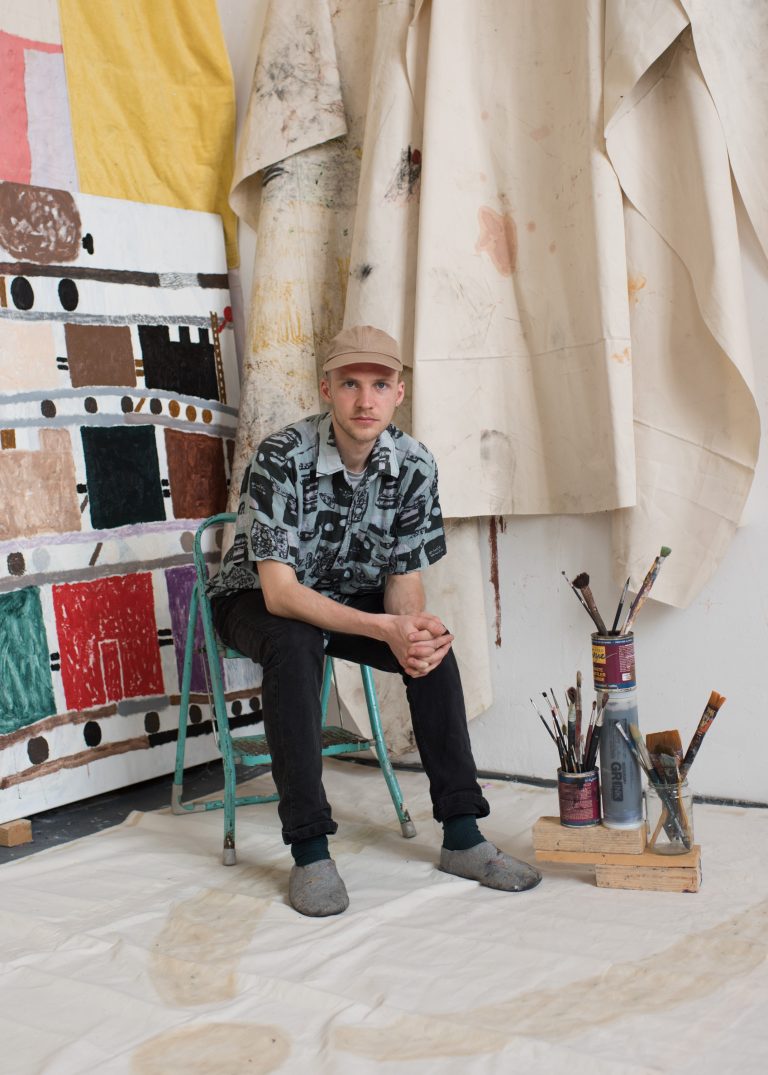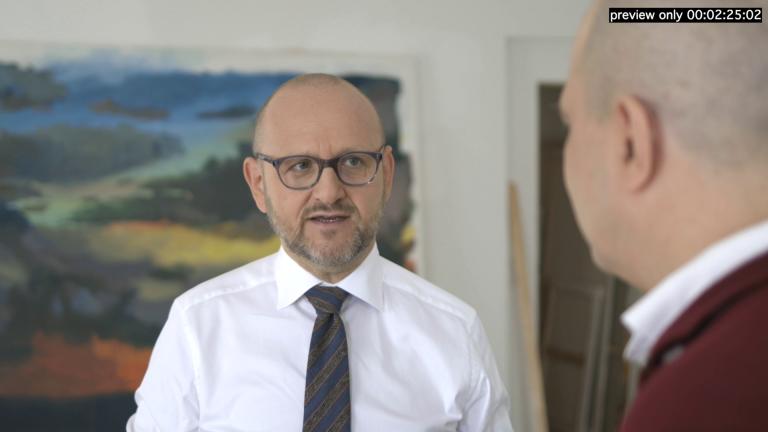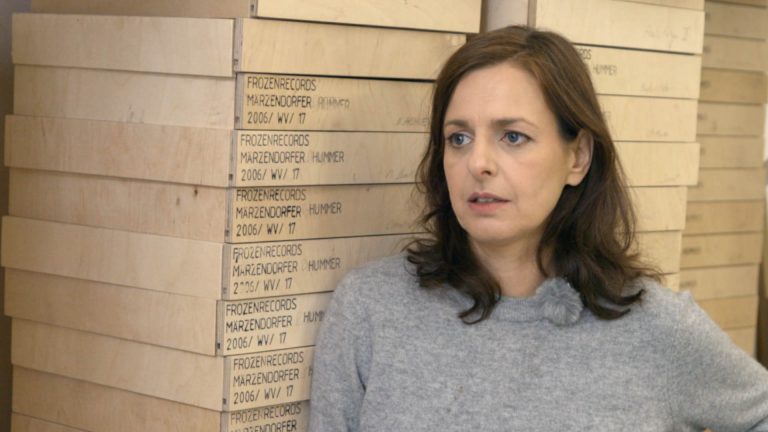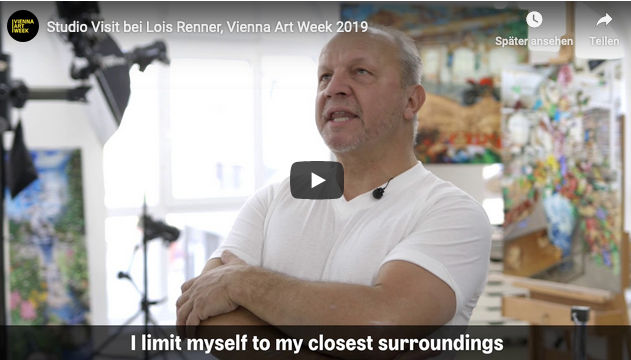Thomas Gänszler
The Studio Visit with Thomas Gänszler is now available to watch! The weblink can be found at the end of the interview.
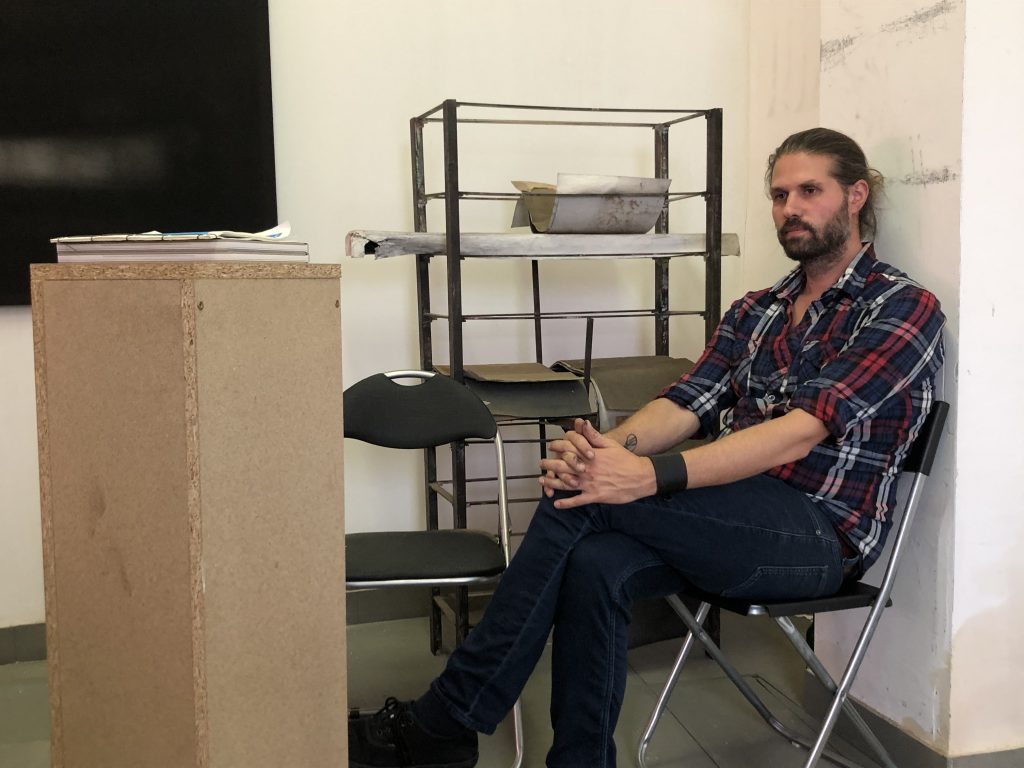
Thomas Gänszler understands function and sculpture as communicating vessels. By reducing the functional aspect through fragmentation, the sculptural value of an object increases.
Thomas, please tell us what is typical for your working method.
I think that the working processes of artists are often very similar, but basically my work refers in its surface both to art history or so-called high culture, as well as to trivial or popular culture and everyday aesthetics. Somehow it seems familiar, they are not completely new surfaces, the material has a certain tradition, it reminds of something and thus creates references.
In the process itself, I work a lot with new media, but they are no longer superficially visible in the final result. Basically, I have noticed for myself that since search engines have existed – since Google and the like – intuitive working works differently.
If you enter three terms in the Google image search, these terms are somehow linked and you get a picture. This clash of terms interests me a lot.
The working process is very much changed by the Google image search or the way you find theoretical texts about terms. It’s like a lonely conversation and Google or the Internet and its algorithms are the interlocutors.
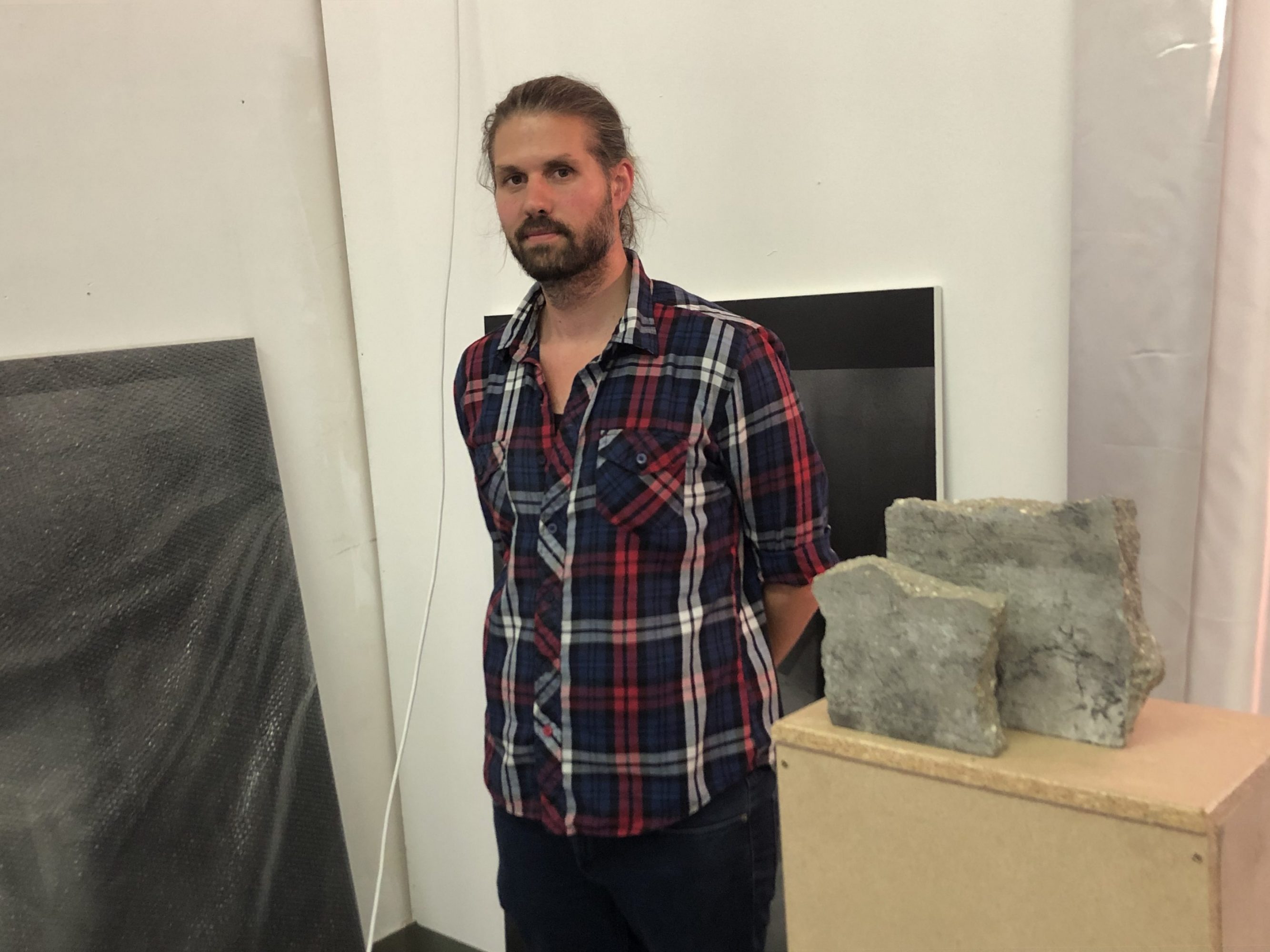
Is there a common thread running through your areas of interest?
The red thread is always a certain form of ambiguity, of ambiguity. I also think the approach itself is a thread. Everything always runs through the individual coding/decoding process.
So it is inevitable to “produce” something that is unique. It is very difficult to break down my work into thematic areas. Ambiguity, ambiguity, in the medium as well as in the content, is what makes it so special. The ambiguity also speaks of uncertainty, of unpleasant things in part.
The ambiguity also applies to the choice of material?
I work with wood, for example, so that it imitates the structure of metal. In the spray works, the ambiguity is in the medium, not in the materiality, but in the medium, which cannot be clearly assigned to the fields of photography, painting, or drawing.

Do you have a special work ritual that you follow?
I try to be consistent.
In your opinion, how does life as an artist differ from people who belong to other professions?
I find it difficult to answer this question because it is based on the assumption that artists are one category and the rest of humanity is another. I could say how my profession differs from that of an electrician or a tram driver … But basically it is nothing romantic. Unless one finds the precarious romantic.
